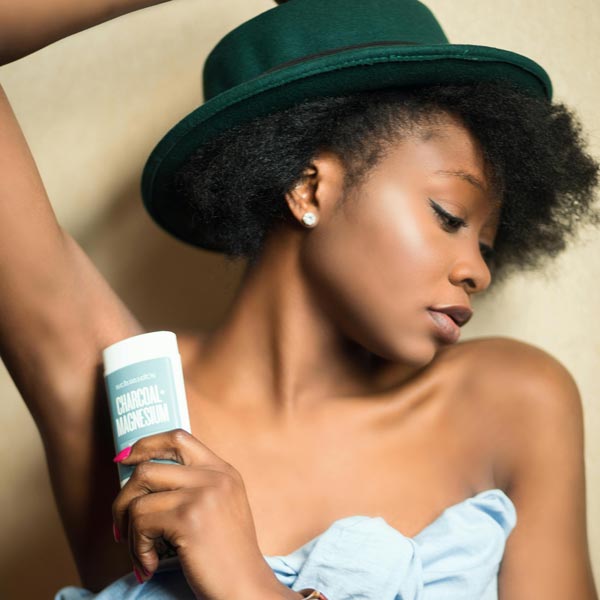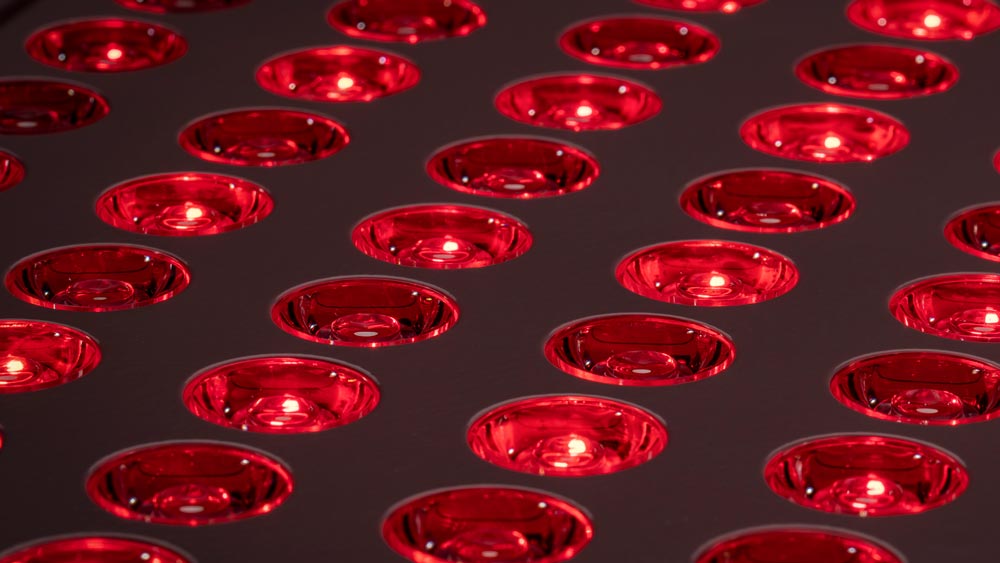![]() Free Shipping
Free Shipping ![]() Buy Now, Pay Later
Buy Now, Pay Later ![]() Eligible
Eligible
The Pigment Sum Up: Overcoming Common Challenges in Pigment Selection and Color Theory
If you’re a permanent makeup artist, you’ve probably experienced the stress of pigment selection. You’re in the studio, staring at rows of bottles, trying to decide which shade will deliver perfect, long-lasting results—and it can be overwhelming. Whether you’re a seasoned artist or just starting, pigment selection and understanding color theory are constant learning curves. Let’s tackle some of the most common struggles and offer practical solutions to help you feel more confident about your choices.
1. Pigment Longevity: Why Does My Work Fade So Quickly?
You’ve nailed the initial look—your client is thrilled. Then a few weeks pass, and the color has faded much more than expected. It’s frustrating, right?
Solution: The truth is, not all pigments are created equal. Look for pigments with a strong track record of retention. These pigments are known to hold their color longer, reducing the need for early touch-ups. Also, take the time to educate your clients about aftercare—it can make a huge difference in how pigments settle and last.
2. Matching Pigments to Skin Tones: The Constant Struggle
It’s not always easy to find the right match, especially when every client’s skin tone and undertone are unique. Getting it wrong can result in colors healing too warm, too cool, or not showing up at all.
Solution: Spend time understanding your client’s skin—both tone and undertone. For clients with cool undertones, use warmer pigments to balance things out, and vice versa for warmer undertones. If you’re unsure, brovi pigments are great choices for delivering consistent results across various skin tones. Remember, it’s okay to swatch and experiment—no need to rush the decision.
3. The Confusion of Color Modifiers: When and How to Use Them
Adding modifiers to pigments can feel like venturing into unknown territory. What if you overdo it? What if you don’t do enough? It can be a bit intimidating, especially if you’re unsure when and how to use them.
Solution: The key is in the basics. Color modifiers are your friend when a client’s skin tone needs a little adjustment to get the perfect shade. For example, if your client’s skin pulls too cool, adding a bit of warmth (like an orange or yellow) can make a big difference. Don’t be afraid to play with small amounts until you get the perfect balance—start light and build up if needed.

4. The Healing Surprise: Why Pigments Change After Healing
One of the biggest challenges is seeing your beautiful work heal into a color that’s different from what you originally applied. It’s a common frustration—why does the pigment change so much after healing?
Solution: Every skin type reacts differently to pigment, so it’s essential to manage expectations with your clients. The good news? Pigments have a reputation for delivering excellent healed results. Make sure your client understands that healing can take several weeks and that the color will soften and settle. It’s not about getting immediate perfection—it’s about long-term results.
5. Color Theory: The Building Blocks of Beautiful Work
Understanding color theory isn’t always the most exciting part of being a permanent makeup artist, but it’s absolutely necessary. If you don’t have a firm grasp on how colors interact, pigment selection can feel like a guessing game.
Solution: You don’t need to become a color expert overnight. Start with the basics—primary colors, mixing warm and cool tones, and how different pigments interact with skin. Over time, you’ll get more comfortable with these concepts, and you’ll start to see how your choices affect the final healed result. If you’re still feeling stuck, our Choosing the Right Pigments online mini course can guide you step-by-step through the process. This 1 hour accelerator course can finally get you the answers you’ve been looking for.
Take the Stress Out of Pigment Selection
Every permanent makeup artist faces these challenges—it’s part of the journey. But with the right knowledge and tools, you can feel more confident in your pigment choices and deliver better results for your clients.
When to use organic vs inorganic pigments
Now that we understand the ingredients, let’s take a deeper dive into how these pigments behave and how to best use an organic vs inorganic pigment.
Every client is unique – from their expectations and desired result, to their skin density, type, and undertone. Along with your experience and working technique, these factors play a role in whether you should use an organic or inorganic pigment.
The basic guidelines are: organic-based pigment lines such as Perma Blend, including Tina Davies I LOVE INK, will deposit into the skin easier and stay around much longer with little to no fading. They are less forgiving and almost “forever” lasting since the small particle sizes implant easier. Therefore, it is imperative that you DO NOT OVERSATURATE when working with organic-based pigments to give yourself room to add more color definition in the future if needed.
Inorganic-based pigment lines have larger particle sizes and take longer to deposit into the skin than an organic-based pigment. (inorganic-based means formulation is predominantly made up for inorganic ingredients) As a result, they are more forgiving and will fade at a faster rate. Therefore, these pigments are great for newer artists, or for clients who want less commitment to color, shape, and permanency.
The nature of organic pigments
Organic pigments are vibrant in color and last a long time in the skin. For clients, this means less long-term maintenance, as fewer touch-ups are required. However, this also means that clients must commit to both color and shape from the very beginning, with little room for adjustments over time due to the permanency of the organic particles.
When using organic pigments, the goal is to not oversaturate, as these pigments are “less forgiving”. Regardless if your client wants soft and natural brows or defined and bold brows, it’s best to stay conservative with saturation and evaluate upon healing. Focus on giving the brows an “airy” look, ideally with skin showing to create negative space and dimension. Good ways to control pigment saturation are through techniques such as layering and pigment diluting (shading solution), to build color without dense saturation. The look of brows should resemble powder, not solid ink.
For newer artists, the proper working technique is crucial when using organic pigments, especially on clients with thinner skin. Pay attention to your needle angle, depth, hand speed, and pressure, making sure to remain consistent throughout the procedure. Use a light hand and stop tattooing when you reach a “powdery” saturation level. Going too deep will result in the pigment “blowing out”, and appearing ashy/dark beneath the skin, which the result may last indefinitely.
The nature of inorganic pigments
Inorganic pigments are earthy and muted in color, which generally makes for natural, subtle results. They’re less permanent compared to organic pigments, as they often fade out of the skin within a couple of years. Inorganic pigments provide ultimate flexibility for clients who want less commitment to color, shape, and permanency. However, these pigments will require more frequent touch-ups – a great opportunity to adjust the shape and color of your client’s brows as they age.
Inorganic pigments are made up of larger particles, meaning these pigments do not enter the skin as easily as organic pigments. This means an adjustment to hand pressure (slightly heavier) and more passes may be required to reach ideal saturation. Since these pigments are a bit trickier to implant, you can also expect to see a greater loss in saturation upon healing compared to organic pigments. This makes inorganic pigments “more forgiving” and better fitting for newer artists. The proper working technique is still required, as going too deep will still inevitably cause ashy/dark results.





